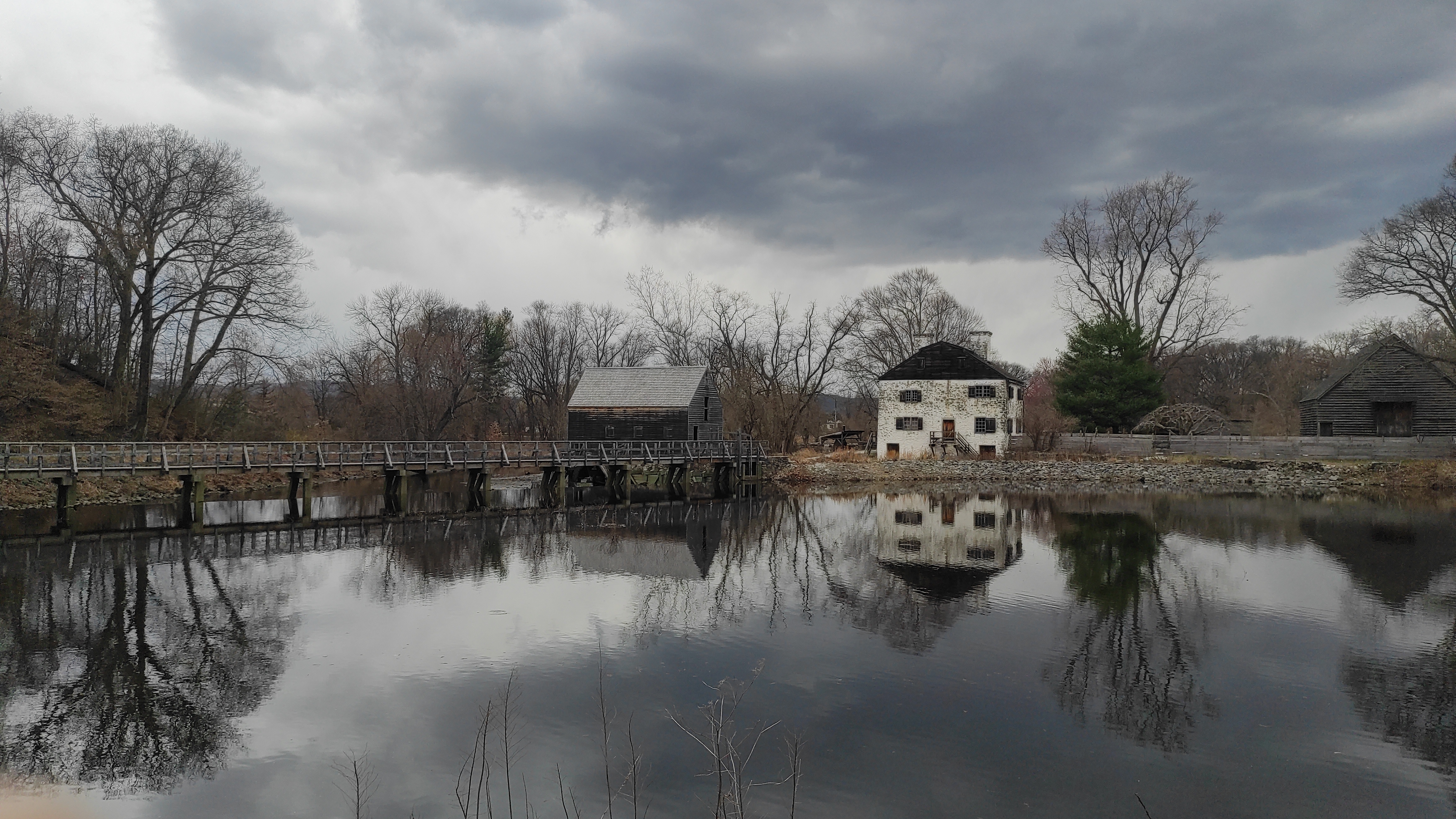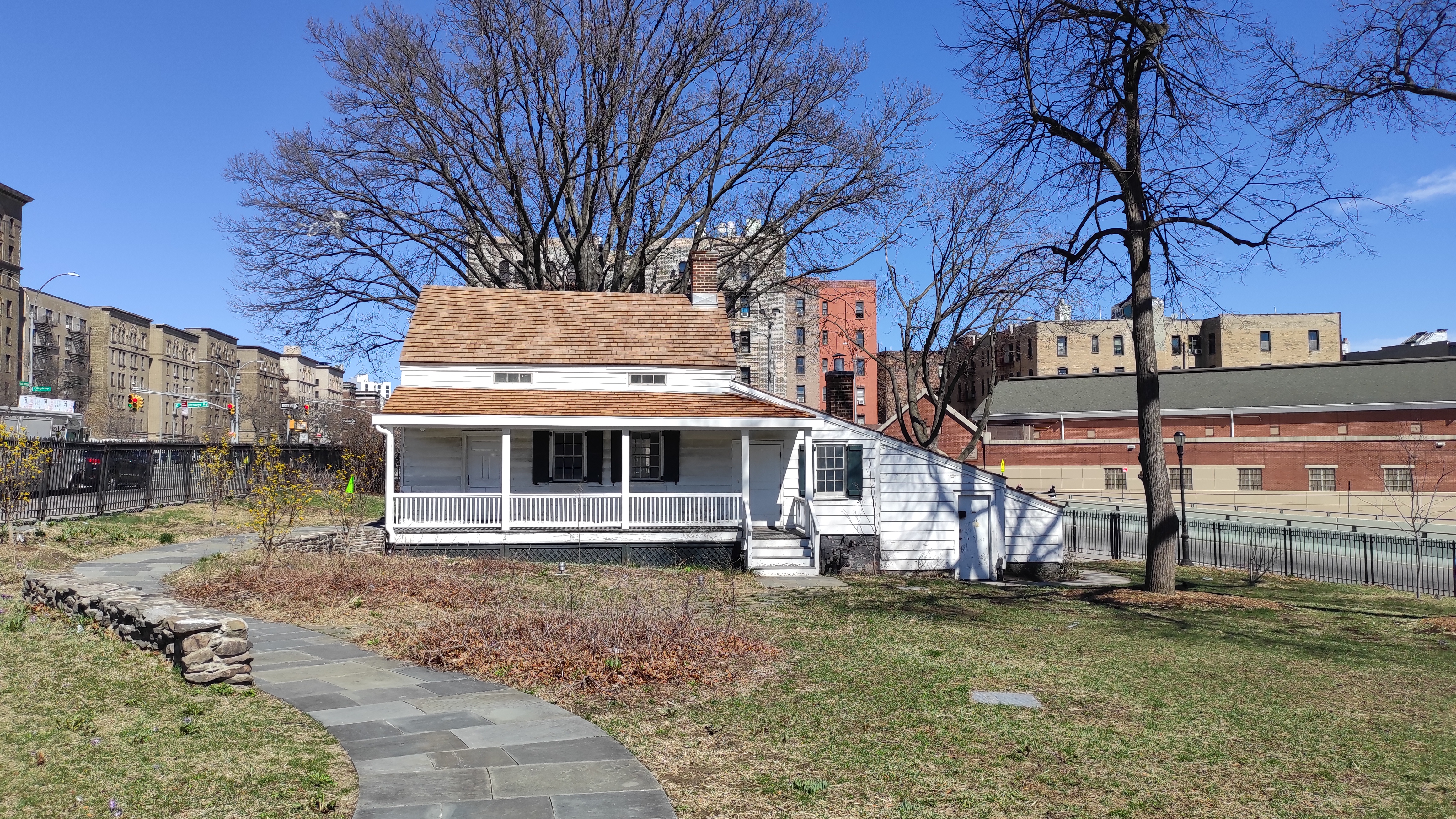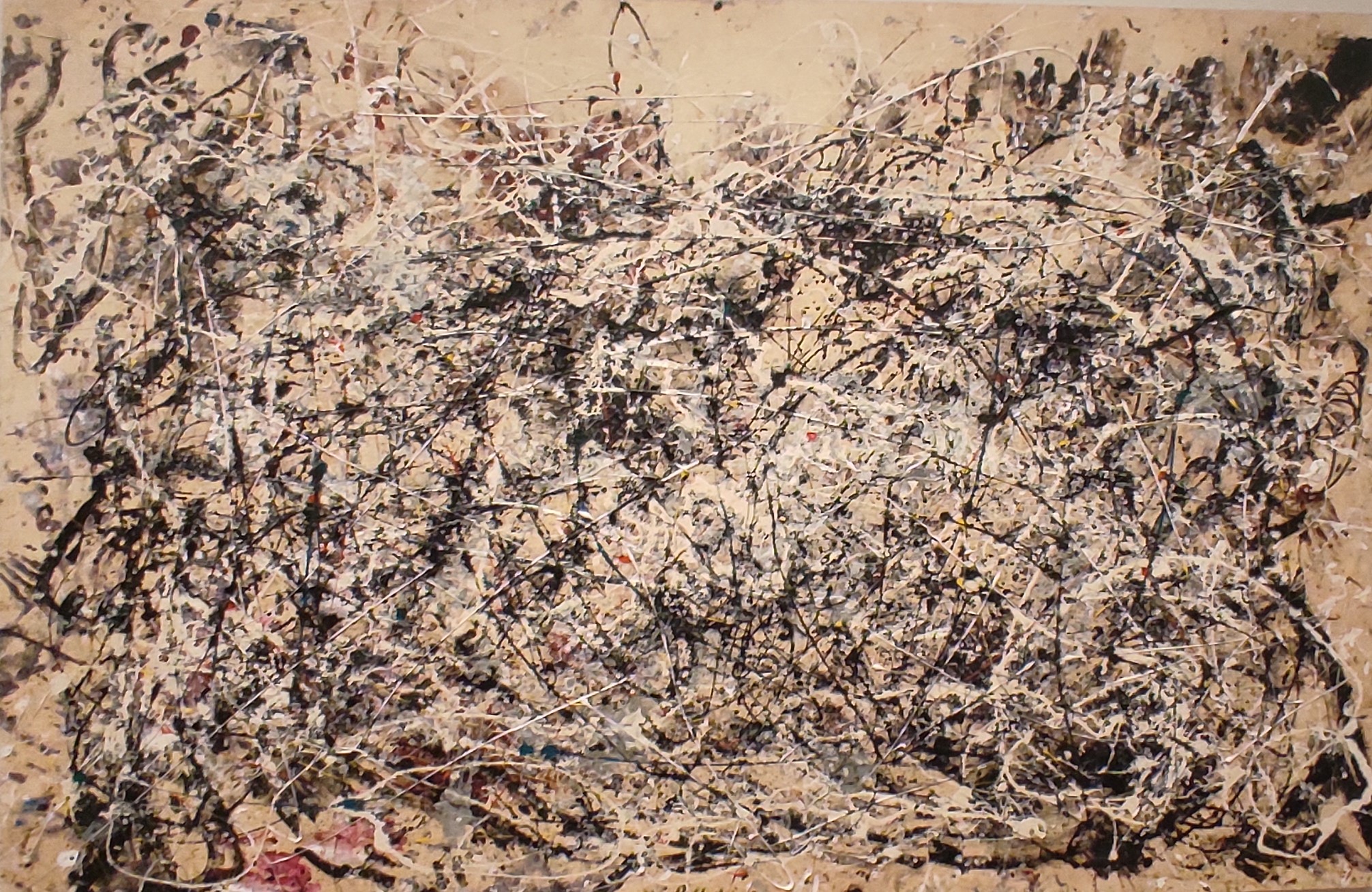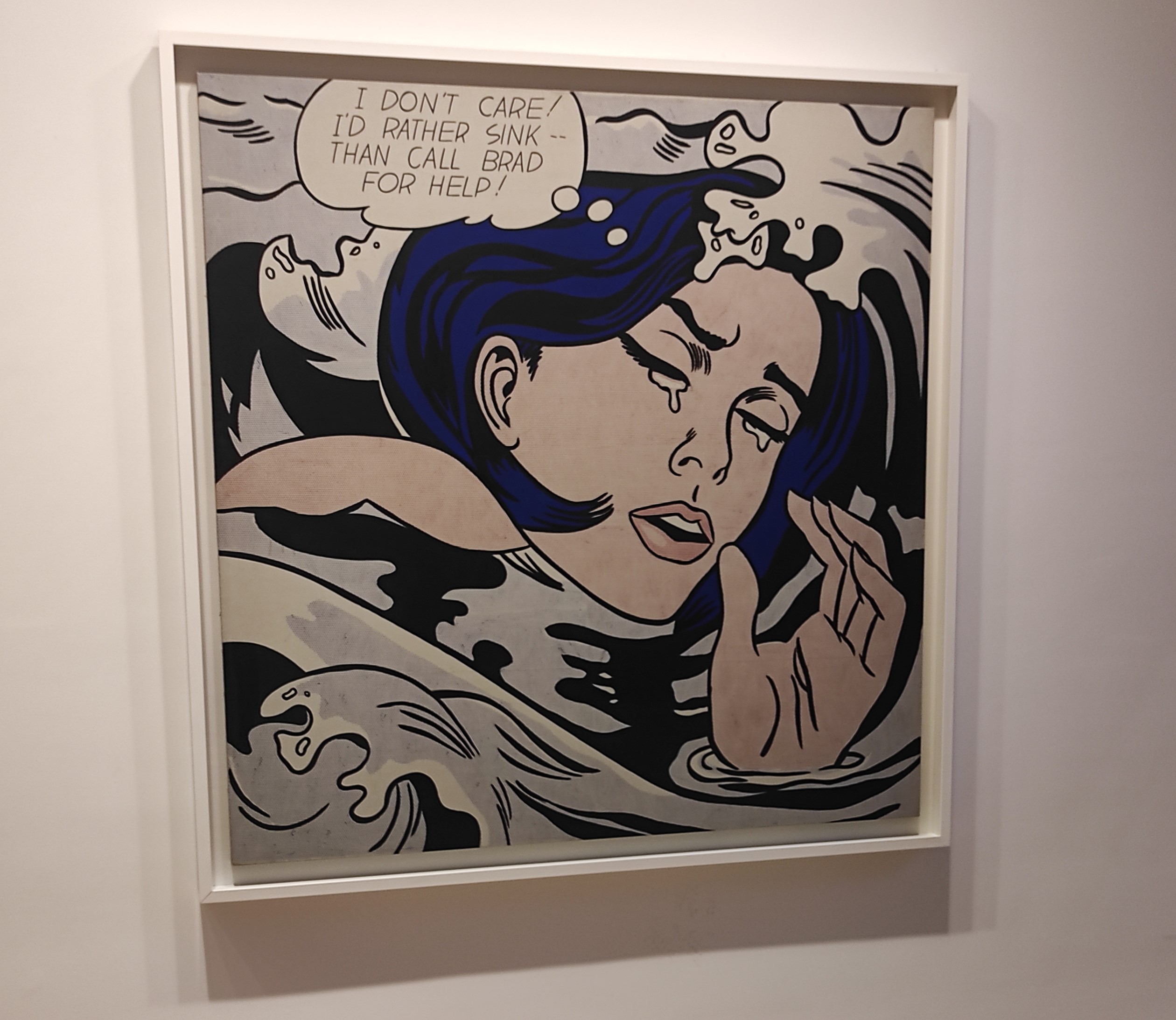I visited London the year I turned 20 as my first real trip abroad. I moved there fascinated by the lifestyle, the english language that back in the days I still couldn't speak, the culture and the music of the capital of England and I suddenly felt home at the point that I decided to go back to the UK 5 years after, to do my exchange year of studies at the university of Bath. This year I am doubling up with the age and there was another city in the anglo-american world that I couldn't wait to visit called New York and so I went, roaming through the narrow streets of Manhattan as Moondog did on the Sixth avenue while playing beautiful melodies such as Bird's Lament or standing under the shining billboards of Times Square, assisting speechless to the Gospel ceremonies of Harlem, seeing the recurrent image of the metro like in Interpol NYC, hopping between flee-markets, street-markets, stock-markets, abstract art, pop art, jazz bars and the biggest amount of steel I haven't see in a while. The city itself is a lot for one single shot of only two weeks and when I left I had mixed feeling like the REM use to sing in Leaving New York but I am sure a place that constantly changes like New York city can surprise the visitor every single time. Last but not least I wanted to mention a couple more listenings that I enjoyed during my stay there like Lou Reed Coney Island Baby, Television, Marquee Moon, LCD Soundsystem, New York, I love you but you're bringing me down, The Lounge Lizard, Harlem Nocturne, Serge Gainsbourg, New York and some movies like Cooper/Schoedsack, King Kong, Woody Allen, Manhattan or Spike Lee, The 25th Hour just to mention some very classic ones.
New York city, the former New Amsterdam, the most populous and densely populated city of the United States, was settled by the Dutch in 1608 and became New Amsterdam in 1624. The year after, the construction of a citadel have started in what is nowadays part of the actual southern Manhattan up to the actual Wall street. Subsequently the settlement was bought by the Dutch West India company and in 1667 the area went under British control, since the Dutch decided to keep the colony of Suriname instead, so they left the city to the English. and that is when New Amsterdam became New York. In the XVIII century the island gained importance, mostly because of its strategical position for trade, including slaves trade. The following years were troubled because NY was involved in the civil war between the Sons of Liberty ("right to the colonist and no taxation") and the British troops and soon afterwards the city suffered a great fire that burned almost a quarter of it. After the revolution, New York became capital city and saw a massive population expansion. 1827 was finally the year of the complete abolition of slavery and during the same century, the city saw a massive immigration of European population, making it a large hub for culture and literature and the hometown of some of the most famous american writers like Irving Washington, Edgar Allan Poe and Hermann Melville. At the beginning of XX century, the city was also the main destination of the great migration, that saw six millions of African Americans moving from south to north making it the most populous urbanised area in the early 20's.
The day I decided to move out of the city to head to Niagara waterfalls but subsequently changed my destination because of budget reasons (damn it! It is always about budget), it was the day I found out about the nice little town of Sleepy Hollow and thought that the timeless Marilyn Monroe (Niagara, Henry Hathaway, 1953) sadly will still have to wait for me to come there. On my list I marked I wanted to leave NYC at least for a day and dive a little bit into the nature since one of the things (and maybe the only thing) I struggled with while being there was the lack of forests due to the fact that New York is such a huge urban sprawl. Most of you might be familiar with the name Sleepy Hollow because of a movie about a headless horseman shot by Tim Burton and released in 1999 but the story actually comes from sir Washington Irving, one of the first New York writers who made success in Europe and also the one who named NY Gotham city and indirectly made it the location of the well known Batman comics and movie series. Sleepy Hollow is also the location of the nowadays harmonic site of Philipsburg Manor, a little colonial house built in 1750 that served for the economy of the Philipse family. From an external perspective the place looks like a nice little holiday house (sadly during my visit in SH it was closed to visitors) in the middle of the nature despite of formerly being operated by enslaved Africans, with the Philipse family being one the biggest slave-holdings in New England.

Bronx is one of the most legendary part of NYC and also one of the less recommendable apparently, although the situation seems to have improved during the years and nowadays most of people say that the area is generally quite safe. We wanted to have a Bronx experience at least for one day while being in New York and before we went there we looked up and found a bunch of interest places to check out. One of the most interesting one, it was the house where Edgar Allan Poe lived between 1846 and 1849, the so called Poe cottage. The house was rented by Poe and was chosen by the author as a place where the fresh air of the former rural neighbourhood could help curing his wife health while she was suffering of tuberculosis. The place unfortunately turned out to be the house were Poe's wife passed away, leaving the author with a certain fascination about the theme of "death of a beautiful woman" which became recurrent in his works. Afterwards a park was built around the house and the area also became well-known as a site where lots of social events happened.

I was not very familiar with the term of speak easy before visiting NYC but in order to explain what a speak easy is, it is important to mention the prohibition era that affected the United States from 1920 to 1933. Prohibition era was a time when the production, the distribution and the consumption of alcoholic beverages was forbidden in order to cure America from the "alcohol plague" that according to many was the cause of numerous health and social issues. Society was more or less divided on the topic, although the XVIII amendment finally approved it and made it a law that lasted until 1933. The legend says that speak easy bars always existed, although the name was given in the area around Pittsburgh in the 1880s. Despite the poor quality of the alcohol served, speakeasy culture became very popular and profitable in the 1920s and the number of bars raised during this time skyrocketed. The evening we decided to head to Back Room (apparently one of the only two speakeasies still open in NY that were operating during prohibitionism), it was a heavy raining night and the streets we will walking past somehow recalled of some of Leonard Cohen songs. Once we reached the bar, located in the courtyard of a generic building, luckily we did not have to struggle to much to find the entrance. Normally in order to enter a speak easy, you will need to provide a proof of entry, most of the time a password or a secret word but this time it was not required. The bar pretty much looks like a standard lounge bar and by the time we were there, the attendance was quite regular and overall what catches the eye the most, it is the fact that drinks are still served in coffee cups, same as it used to be back in the days in order to hide the consumption of alcohol from police officers.
Everything started with the great migration and the fascination that migrations generally have on myself. Imagine a huge number of people, approximately around six millions, that in a matter of 60 years, migrates from the south east to the northern and western part of the United States. The issues and the struggles they faced have been told by many and amongst all I would like to mention a movie called "The Grapes of Wrath" (1940, John Ford) taken by the same novel from John Steinbeck. Harlem Renaissance was mostly a movement based on civil rights and had a good connection with the city of Paris, where lots of black immigrants from the Caribbean area found the movement appealing and related to their ideals. Funny enough to think about Harlem as a suburb for white middle and upper class people at the end of the XIX century and becoming in the first quarter of the XX century the area with the highest number of black people in the world. Between those people there is one is particular that is still popular nowadays and definitely left a mark in modern literature and is name is James Baldwin. Baldwin was born in Harlem and his mother was one of those millions of people who fled the south during the times I mentioned above and he never had the chance to know about his biological father. Baldwin lived in Harlem till when World War II broke out, indirectly marking the end of Harlem renaissance and afterwards he moved to Greenwich Village first and Paris afterwards. He was known for his libertine lifestyle and it seems that one of the reasons he gave about his choice of leaving New York was the hostility he felt in the city towards his sexual habits, coming mostly from Calvinism. He started to gain celebrity after his first novel Go and tell the Mountain (1953) and by the 60s he was a prominent figure as a civil right activist.
According to T.S.Eliot, one of a certain number of permanent conditions "in the absence of which no higher culture can be expected" is regionalism. During the great depression regionalism became the status quo in american painting and Grant Wood (together with Thomas Hart Benton and John Steuart Curry) the main actor, with his power to depict the rural routine of american Midwest of a country in search of a clear identity during one of the hardest time since its independence. As many other american artists did, the young Wood made regular trips to Europe, in order to study modern paintings and movements as Impressionism and post Impressionism although he was mostly influenced from a Dutch painter from the XV century, Jan van Eyck. American Gothic (1930) is a painting showing two characters, a man (his dentist) and a woman (his sister) standing next to each other. It is an iconic example of american rejection of European artistic standard and if we want, a sort of an outdated "make America great" manifesto, with its seriousness and devotional attachment to manual labour, religion and puritanism which to be fair, can almost be found in every other rural and small town reality under different forms in most of the countries in the world.
The first time I noticed the strong emphasis that the CIA put on painting back in the cold war era, I was visiting the Neue Galerie in Berlin and I noticed that the curators tried to underline the topic, dividing the hall in two parts, one showing american avantgarde abstract painting and the other the more soviet realistic approach to the topic, in order to display how back in the days painting was seen as a way that the US government used to stand for freedom, individualism, expression and innovation that were seen as values of the american societies in contrast with the ideological, state-controlled, soviet vision. Jackson Pollock was one between the artists who was indirectly chosen (together with Mark Rothko, Willem de Kooning, Lee Krasner and some others) to support this view of the world and for many years became the prominent figure in american painting. Jackson Pollock wouldn't have become so famous without Clement Greenberg, an american art-critic, known for his essay on avant-garde and kitsch who contributed to Pollock's fame in his essay called American-type painting (1955). Personally I find Pollock very inspiring for questioning time and space ("I enjoy working on a large canvas, I feel more at home, more at ease in a big area"), for giving painting a sort of metaphysical perspective and for making it a sort of performing art, while standing on the huge canvas with is lighted cigarette and splashing it with rough colorful brushstrokes that can mean everything and nothing at the same time but that are definitely perfect in their capacity of picturing restlessness and non conformism.

Faulkner vs. Steinbeck in my very modest view can be the question between who is the biggest american writer of the XX century or at least the most acclaimed one. It looks like the distinction that Clement Greenberg made between avantgarde and kitsch can also be applied on modern literature, where William Faulkner is the avantgarde writer, with his long and complex sentences, stream of consciousness and jumps back and forward in time and space. A place like Yoknapatawpha (inspired on Lafayette county, Mississippi, originally a Chickasaw land) could probably exist only in Faulkner's mind, while John Steinbeck is supposed to be the realist, the one that has a "less attractive" view, mostly focusing on grounded working class characters and barely leaving his "comfort zone". The two are both worldwide famous writers and Nobel prize winners and both of them tried to depict their native country mostly focusing on social and economical issues, in a very anthropological way that made them so much appreciated. There is no real answer to the question since both writers as to be taken in contrast to each other but what it is certain is that both of them gave a huge contribution to american literature.
I came across the Hudson River School movement during my last visit at the National gallery in Trafalgar Square (London) and I particularly liked some of the paintings exposed. The school was formed by a group of painters strongly influenced by European Romanticism, a movement that has the goal to put the individual in relation with the universe, in order to reduce the human self-perception and increase the natural context also through some supernatural elements, to make people aware that human life is nothing compared to the big cosmic masterplan and that nature is somehow a manifestation of God. The school had the aim to focus on the american territory, specifically the area around the Hudson river. The founder of the movement was Thomas Cole, a british born painter that relocate to the States with his family in his teenage years and made his way in the New York art market till reaching the fame as the first significant american landscape painter. Other famous names in the school were Asher Brown Durand, Frederich Edwin Church, John Frederick Kensett and Sanford Robinson Gifford. The last three were also between the founders of the Met in New York.
Was Frederick Cook the first man to reach the North Pole except from of course the indigenous population that lived already there? The question is still argument of debate over 100 years after but regardless who was the first to step on the big chunk of ice, the evidences Mr. Cook has left are pretty interesting. The man from the New York State was a physician and a surgeon on the boat that on 1891-92 went to Arctic and in 1897-1899 to the Antarctic, where he took part in the first expedition in history to winter there. Despite of the high risk of life, Cook underlines in his tales the fact that everything he did, he did it without a specific purpose and the only inner voice he followed was the call of the Arctic. He also talks about terrible experiences that strain the limits of the whole crew, like seeing people dying of their own breath (something called hypercapnia that can happen in an extremely confined space with lack of fresh air, basically by keeping exhaling Co2 that can make the oxygen level drop) or having to deal with some members of the crew prone to depression because of the complete lack of sun that could last for 3 to 4 months sometimes. Apart from his scientifical and explorative life, Frederick Cook had a very controversial life, mostly because lots of people discredited him and claim that part of what he did never really happened. He also spent part of his life in a jail where he was imprisoned for fraud.
Pop-art would not be pop-art without the city of New York. The movement was born in response to abstract expressionism, partly focusing on something not so abstract, emphasizing the real as we can see in some of the objects reproduced, discrediting it and making it a form of kitsch. So no more Pollock & friends although certain pop artist, despite of taking the distance from abstractionism kept an eye open. The new names, amongst many others, were those of Andy Warhol, Jean Michel Basquiat and Roy Lichtenstein. Andy Warhol was for some ways the "father" of Pop-art with his strong focus on repetition, provocation, desecration of classicism and on commercialisation of art to some extent. Basquiat was a "Warhol-creation" despite of the controversial relation between the two (according to someone, Warhol took advantage of Basquiat rather than help him), he was one of the most purest, introverted and beautiful souls that Warhol was able to bring out from his own shelter in order to give it to the rest of the world as a present, despite of the high price Basquiat had to pay for his celebrity. During one quiet Brooklyn afternoon, I had the chance to pay him a visit in Green-Wood cemetery and after a long walk in the green, I found his grave between many others all looking the same, just to remark how humble and ordinary the world-wide-known artist was despite all his immense talent. For those of you who don't know too much about him, the movie Basquiat (1996) from Julian Schnabel pays him a great respect, with great performances from special guests like David Bowie playing Warhol and a beautiful movie soundtrack. Last but not least comes Roy Lichtenstein, the one that answered with Ben Day dots to the iconic, metaphysical Pollock's splash. Lichtenstein on his works often focuses on emotionality of tragical women feelings (apparently inspired by Picasso) and goes along with a certain aesthetic that comes from comic strips as some other artists of his generation. I had the chance to see one of his most famous works Drowning girl at MoMA and I have to admit that despite I did not know Lichtstein's art, I suddenly familiarised with the style as something that I have occasionally seen before in my life.

Viviane Maier was another NYC roaming soul that in her eternal urban quest decided to bring a Rolleiflex with her in order to leave the world with some of the most beautiful, simple and genuine pictures (150.000!) of the city in modern times. She was the daughter of two european immigrants (french and austrian) and according to the sources she lived an ordinary/extraordinary quiet life, getting by doing casual jobs like babysitting and housekeeping (someone reminds her like some sort of Mary Poppins), struggling with money and not reaching celebrity until her last years. Francesca Woodman was as talented as Maier although she is more likely to be seen as her darker counterparts. The art of Woodman has a different approach compared to the one of Maier, she focuses more on sensuality with some sort of schizophrenical perversion for the naked human figure where a certain malaise shines through. Woodman died of suicide at a very young age, leaving the feeling that her artistic intentions were already clear and despite of all she stumbled just before taking off. Those two "black and white" women left a huge heritage to american urban photograph in both a more intimistic and extroverted way and therefore also need to be taken into consideration in reference to american art.